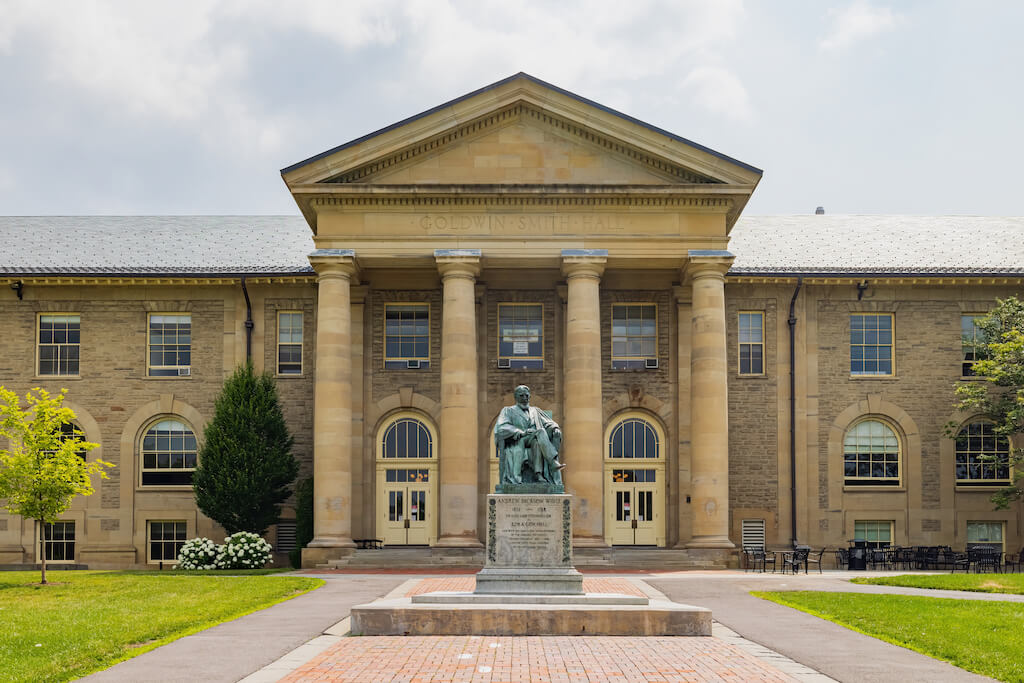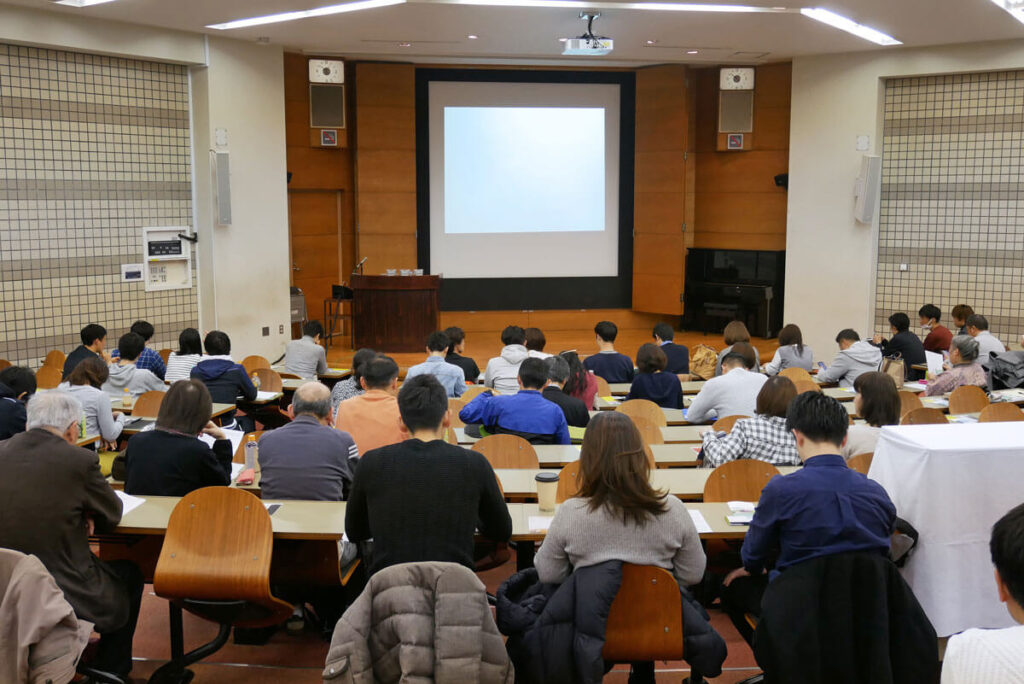I recently read an interesting article by David Brooks called “The Education Gap.” Published in The New York Times on September 25, 2005, Brooks talks about the ability of colleges to address the inequities between poverty and wealth. He points out the fact that only 28 percent of Americans have college degrees but that most of those with degrees find themselves in social situations where almost everybody has been to college.
Brooks notes that behavioral differences are starting to surface between the groups. According to Brooks, divorce rates are twice as high for high school grads as college grads, high school grads are twice as likely to smoke, high school grads are much less likely to exercise, college grads are twice as likely to vote, college grads are twice as likely to volunteer, and college grads are twice as likely to donate blood.
Brooks maintains that today’s information society has increased the gap between high school and college graduates. In an information society, a college degree is a must. Students need to recognize the importance of that as early as ninth grade in order to prepare for college. Students from families with parents who have attended college have a greater chance of going to college than students from families that don’t have a parent who attended college. Furthermore, Brooks states that students in the lowest per capita income quartile of the population have an 8.6 percent chance of graduating from college versus students in the top income quartile who have a 74.9 percent chance of graduating from college.
Brooks indicates that poorer kids are graduating from high school in increasing numbers but it is when they get to college that they drop out. Brooks quotes Thomas Mortenson of the Pell Institute for the Study of Opportunity in Higher Education who says that colleges have done a great job of educating the affluent since 1980 but have done a terrible job of educating the bottom half of the family income distribution.
Brooks states that given the rising flow of aid money, financial barriers are not the main issue. I am not sure that his assumption is correct. If Brooks were to write about the practice of tuition discounting and its usage in college enrollment management, I think he would change his comment about the rising flow of aid money. According to the National Association of College and University Business Officers’ (NACUBO) Tuition Discounting Survey released in May, approximately 81 percent of full-time freshmen received institutional grants (also known as tuition discounts) in the fall of 2007. The overall tuition discount rate for 2007 was approximately 40 percent.
One of the best quick-read articles about the practice of tuition discounting and its impact on the poor is by Matthew Quirk and was published in the November 2005 issue of The Atlantic. Quirk mentions the many consultants who assist colleges in managing their enrollment management and tuition discounting programs. Noel-Levitz is one of the largest and better known enrollment management consulting companies, but there are many former college admissions officers who offer their expertise to schools desiring to use enrollment management techniques. Simply put, an example of tuition discounting might be when an institution decides to redistribute $20,000 of institutional grant money by splitting it in $5,000 grants to four students who can afford to pay the difference between the published tuition rate and the net tuition after the institutional grant than if the institution provided the grant to one student who needs all of the money. Institutional grants are also used to attract students who have good SAT scores who might go elsewhere. Students are put on a grid with financial need on one axis and academic ability on the other. The institutional grants are adjusted to increase the yield rate on students with the most desired characteristics being academic superstar and ability to pay full tuition. Increasing the numbers of full-pay students increases net revenues to the institution and increasing academic superstars helps increase an institution’s academic ranking in the U.S. News & World Report annual college survey. One of the quotes in the article that I find notable is from Gordon Winston, an economist at Williams College, who stated about enrollment management, “it’s a brilliantly analytical process of screwing the poor kids.” Not all colleges who practice enrollment management intend to hurt the poor, but it is difficult to deny that merit aid often benefits the more affluent.
While both of these articles are from 2005, the facts have not changed that much. Tuition discounting is still a major practice at many colleges and universities, including public institutions. The prospects for the poor to attend college are still low. Data in the Measuring Up 2008 report, published by the National Center for Public Policy and Higher Education, will demonstrate the severity of the issue. Figure 5 in that report shows the growth rate of college tuition from 1982 to 2006 as 439 percent. In the same chart, median family income has grown over the same period by 147 percent. Table 1 illustrates Net College Costs as a percent of median family income. Net College Costs are the cost of tuition, room and board less financial aid. Since 1999, those costs have increased from 7 percent to 9 percent for the upper income quintile and from 39 percent to 55 percent for the lowest quintile. Most first-year economics students learn that the lower a family’s income, the lower its disposable income. I don’t see how 20 percent of a poor family’s income would be an acceptable choice for a prospective college student much less 55 percent. Clearly, the financial aid system does not provide adequate funding for the poor. Table 2 in the report demonstrates the impact of tuition discounting strategies by showing that upper quintile families receive more money in average institutional aid than students in the lowest quintile.
While this writing describes the dichotomies created by institutional grants and tuition discounting, the financial aid system also includes Federal Student Aid or FSA. FSA has been in the news lately because of President Obama’s intent to increase the maximum award to students under the Pell Grant program. This year’s maximum award per student is $5,350. The size of the award is based upon the student’s Expected Family Contribution (EFC) and the enrollment status of the student (you must attend at least half time to receive an award, but only full-time students are eligible for the maximum award). Ironically, attending a lower cost institution like a community college may decrease the student’s cost of attendance which means that they’ll be eligible for less financial aid. Additionally, many lower income students have to work in order to pay for costs of living that many affluent families provide to their children. Work can decrease the time that a student has to attend school, thus reducing his ability to be determined a full-time student and receive the maximum Pell award. Income from a job can also decrease the dollar amount of an aid reward. A low income student working to make ends meet can end up with little aid awarded to assist them with their educational costs.
Organizations like the National Center for Public Policy and Higher Education produce data like the Measuring Up report regularly. It appears, however, that advocacy for the poor as it relates to the affordability of college for their children has not generated a substantive change in financial aid. Increasing the maximum Pell Grant by only 225 percent while college tuition grew at 439 percent from 1982 to 2006 is probably the most visible evidence. The fact that lower income families participate in higher education at a much lower enrollment rate than upper income families is not strictly due to aid issues, but money is the biggest issue and the gap is not closing.










